If you're a weekend warrior juggling a busy schedule and intense workouts, you’ve probably heard of heart rate variability (HRV)—but do you really know what it means for your muscle gains and recovery? HRV isn’t just a buzzword for elite athletes. It’s a powerful, science-backed metric that can help you train smarter, avoid burnout, and maximize your fitness results.
Heart rate variability refers to the variation in time between consecutive heartbeats. While your heart might beat 60 times per minute, those beats aren’t perfectly spaced one second apart. The slight differences—measured in milliseconds—are your HRV.
A higher HRV generally indicates that your autonomic nervous system is balanced, with your parasympathetic (rest-and-digest) system functioning well. A lower HRV can signal stress, fatigue, or overtraining—key factors that hinder muscle growth.
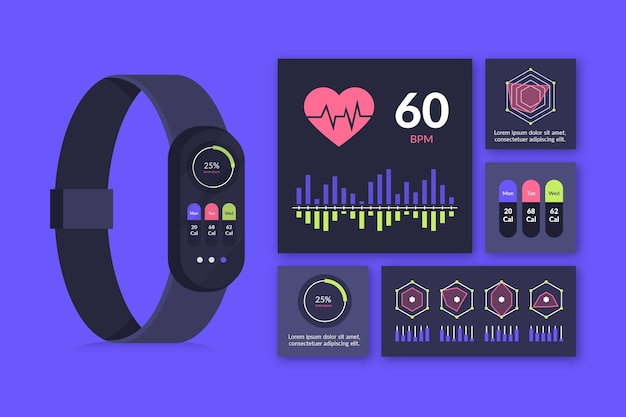
Muscle growth doesn’t happen during your workout—it happens during recovery. When you lift weights, you create micro-tears in muscle fibers. Your body repairs these during rest, making muscles stronger and larger. But if you’re constantly stressed or not recovering well, your body can’t keep up.
HRV helps you see how well your body is recovering. A high HRV means your nervous system is primed for recovery, making it an ideal time to push hard in the gym. A low HRV suggests your body needs rest—training hard on these days could lead to overtraining, injury, or stalled progress.
While HRV is insightful, it’s not a standalone diagnostic tool. Over-relying on HRV can lead to anxiety or obsessive behavior. Factors like hydration, caffeine, illness, and even breathing patterns can temporarily skew readings.
Instead of reacting to daily fluctuations, focus on trends over time. A single low HRV reading isn’t a red flag—but consistently low values are worth addressing.
Ready to use HRV to your advantage? Here’s how to begin—no lab equipment needed.
Most fitness wearables—like Garmin, Whoop, or Apple Watch—track HRV automatically during sleep. Chest straps (e.g., Polar H10) offer more accuracy than wrist-based sensors.
HRV is most reliable when measured under similar conditions. Track it first thing in the morning after a full night’s sleep, before getting out of bed.
Look at your 7-day average. Is it rising or falling? A downward trend may mean you need more rest, better sleep, or reduced stress.

Use HRV to guide your weekly plan:
If your HRV is low, skip heavy squats or deadlifts. Instead, do bodyweight circuits or core work. This keeps you active without overloading your system.
Want to boost your HRV for better recovery and muscle growth? Try these science-backed strategies:
Remember: HRV is a mirror of your overall well-being. The better you treat your body, the higher your HRV—and the better your gains.
For weekend warriors, HRV is more than a number—it’s a recovery compass. By understanding and using HRV, you can train with purpose, recover with confidence, and build muscle more effectively. Start tracking, stay consistent, and let your body guide your fitness journey.

Fitness

Fitness

Fitness

Fitness

Fitness
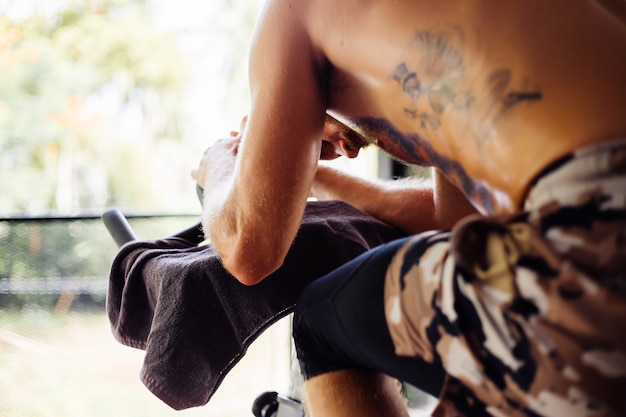
Fitness

Wellness

Fitness
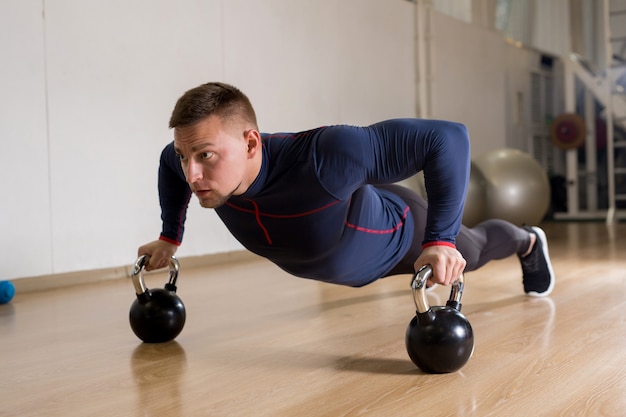
Fitness

Fitness
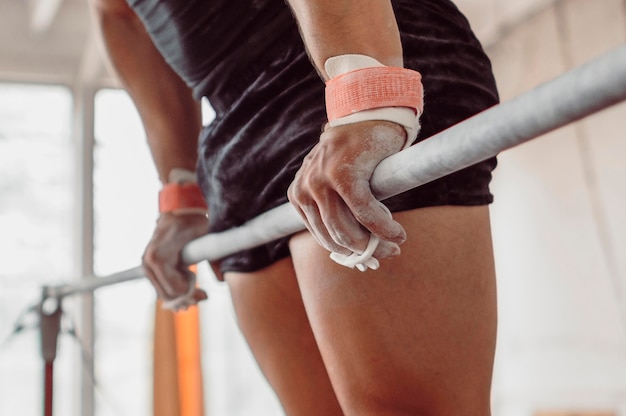
Fitness
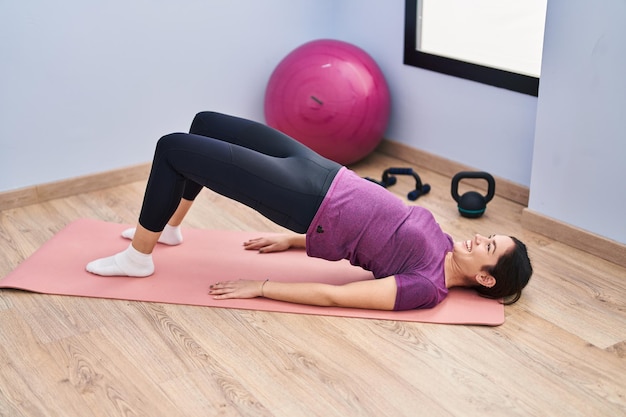
Fitness

Health

Fitness

Health

Health